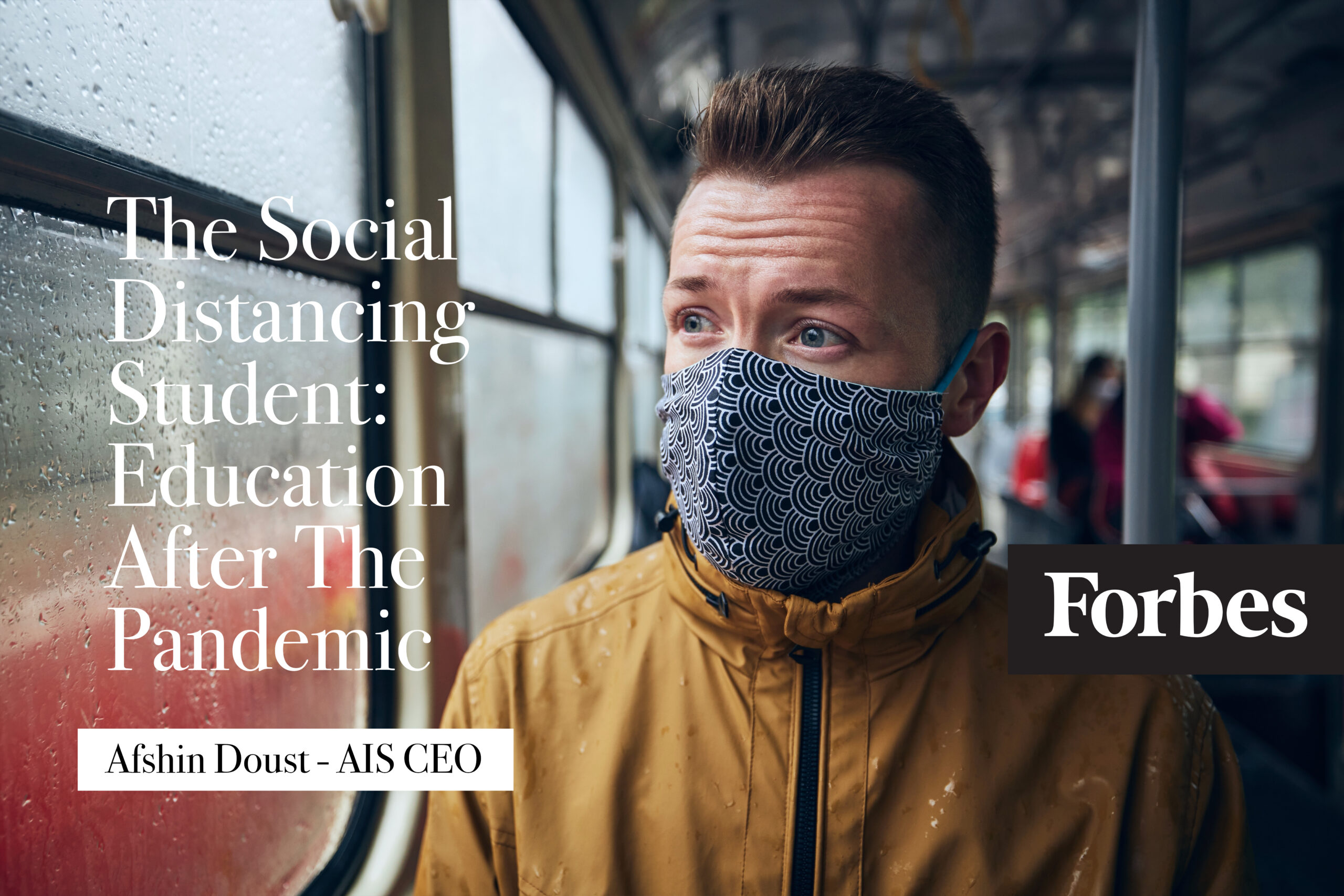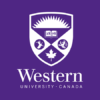
There is a monumental shift taking place within the education sector. Few seem to agree on what exactly is happening, what the cause is or what the outcome might be. But a common viewpoint is that education will never be the same.
Some institutions may not open for classes during the 2020-21 school year, and those that do will almost certainly look different than they did last September. Students might wear masks, or they might even be isolated from one another. Class sizes will likely be smaller, and not just because of safety measures put in place to offset a contagion.
Well before the outbreak of Covid-19, a new breeze had begun to blow across campuses and schoolyards. Whether it was a result of economic pressures, cultural imperatives or the ceaseless march of innovation and progress, schools have been changing — if not in terms of the methodologies and preferred outcomes of educating children and adults, then at least in the manner by which such institutions engage consumers of educational products.
As a member of the advisory board for a university in British Columbia, I believe there are a few ways the education industry will change as a result of Covid-19.
Education’s goals and fundamentals remain the same.
Over the past century, the fundamental objectives of education and related curriculums have stayed largely the same. Classrooms and lecture halls still dominate the typical student day; practicum work still takes place within laboratories and studios.
Students still receive grades based on the educator’s assessment of assigned work and scheduled examinations. Specific implementations of these evaluation processes might be adjusted, such as standardized testing intended to balance student progress across multiple school districts, but a typical student’s educational experience remains similar to that of their great grandparents.
In recent decades, many people have placed greater value on academic credentials. Among both learners and employers hoping to hire them, the demand for diplomas and degrees is higher than ever.
Education’s costs have spiraled.
Increasingly, parents and independent students are reassessing their valuation of formalized schooling. Whereas the core principles of education endure, there is decidedly less enthusiasm these days about reconciling the costs associated with earning a degree and any anticipations of superior earnings to offset those costs.


